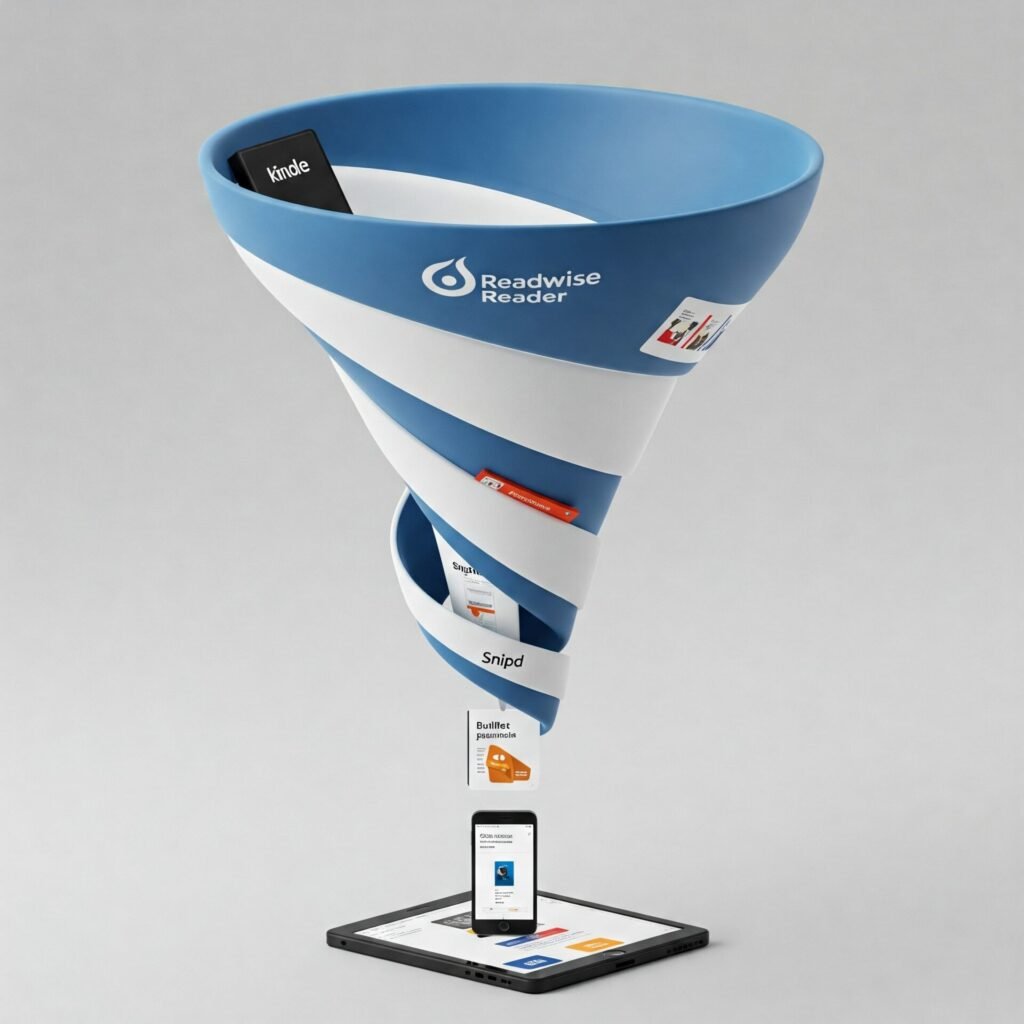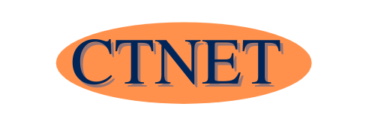Do you ever feel like you’re drowning in information? I did back in 2021 when I was at the start of my Personal Knowledge Management (PKM) journey. I found the process frustrating.
I was highlighting notes of digital content I was consuming. I would then have to re-type these notes in my own words into my literature notes before creating a permanent note it was causing me to much friction.
Something had to change if I was going to continue to use my Zettelkasten. That change was the development of what I call the Personal Knowledge Management stack. It is an idea I have been working on since 2021. It is a combination of my own ideas and the insights of others. It saved my Zettelkasten by transforming the way I work.

What is a Personal Knowledge Management stack?
A Personal Knowledge Management (PKM) stack is a curated collection of tools and workflows designed to:
- Capture: Gather information from various sources.
- Organise: Structure and categorize your notes and resources.
- Synthesise: Connect ideas and create new insights.
- Apply: Use your knowledge to solve problems and create content.
Think of it as your external brain. Made up of a combination of digital and analogue tools. The individual tools you use doesn’t matter to much. It is the way you use them together it is the system that you build around them.
Aim to make this system as seamless as possible. If you take a one thing prioritise tools that can integrate with each other.
My Personal Knowledge Management Stack: A Practical Example
My Personal Knowledge Management stack is constantly evolving as I learn and refine my workflow. Here’s a look at my current setup.
The Core: Obsidian and the Zettelkasten method
At the core of my Personal Management System sits a note taking and Personal Knowledge management called Obsidian. This application hosts my Zettelkasten, which is the home of the notes created at the bottom of the Personal Knowledge Management stack.
The Zettelkasten method defines three different types of notes, all of which play a role in the flow of information into your Zettelkasten:
- Fleeting note: Quick captures of initial ideas, like highlighted passages or thoughts that pop into your head.
- Literature note: summarising the key ideas from a specific source (book, article, podcast, etc.).
- Permanent notes: sit at the heart of my digital brain. Each permanent note should be atomic in that it explains a single idea or concept on its own. A permanent note will ideally link with other related ideas.
I use Obsidian as it supports backlinks, which allow me to link related permanent notes. It also supports folders and tags, which will enable me to add structure to other sections of the stack that are carried out in Obsidian.
Digital Library and Distribution Centre: Readwise and Reader
Readwise sits at the heart of my system. Many of the applications I use to take my initial notes can synchronise with Readwise, which then feeds into Obsidian. This ability alone makes the subscription cost worthwhile.
But that is only part of the story, as Readwise has developed a second app, which is also included in the subscription. The Readwise Reader application is a read-later app which can handle saved web articles, RSS feeds, YouTube videos, PDF’s and EPUB-format electronic books.
I use Readwise Reader to manage a library of web content. It acts as a reservoir of articles, diverting them from the daily flood of information that can lead to overload.
I maintain two “lakes” in Reader: a main lake of articles I might want to read later and a smaller lake of articles I plan to consume soon.
Once I’ve consumed an article in Reader, I archive it. All highlights and notes are then synced to Readwise and, from there, to Obsidian.
Inputs into my Personal Knowledge Management stack
Here are the primary sources of information that feed into my Personal Knowledge Management (PKM) stack:
- Readwise Reader: As mentioned above, highlights and notes taken in Readwise Reader are automatically synced.
- Kindle: I highlight passages and add notes to e-books on my Kindle. These highlights and notes sync to Readwise.
- Bullet Journal: My analogue input. I use it to quickly capture ideas, especially during my morning routine. Sometimes, it’s nice to use pen and paper.
- Long-Form Journal (in Obsidian): Keeping my journal in Obsidian allows me to link journal entries to permanent notes, creating a context for my ideas.
- Snipd: This podcast app lets me capture notes from podcasts with a single button press. I listen to podcasts during breakfast, and Snipd makes it easy to capture key insights while I’m eating.
My Personal Knowledge Management(PKM) Workflow
The real power of my stack lies in its automation, especially the synchronization of notes.
Notes flow into Readwise and then sync to Obsidian regularly. I have Obsidian set to sync with Readwise on start-up and then hourly. Since I use Obsidian daily, my notes are synced daily.
All the notes that come into Obsidian from Readwise are stored in specific folders, and I go through them daily as part of my inbox management routine.
When reviewing these source notes, I decide if they’re suitable for my Zettelkasten. If not, I archive them.
Notes I want to process later go into a “processing backlog” folder. Those that need to be prioritised go into my “currently processing” folder.
Those that I think I will want to process at some point in the future I place in a processing backlog folder. Those which I think need to be processed as soon as I can are placed in my currently processing folder.
I work through the “currently processing” folder, the oldest note first. I highlight key aspects, create a literature note, and then create permanent notes, usually over a few days.
Once a literature note is created, the original source note is archived.
The benefits of having a Personal Knowledge Management Stack
Since building my PKM stack, I’ve experienced several key benefits:
- Control Over Information Flow: I feel in control of the information I encounter, filtering out what’s irrelevant and capturing what’s important.
- Reduced Information Overload: By having a system for managing information, I’m less likely to feel overwhelmed.
- Improved Learning and Understanding: The process of creating literature notes and permanent notes forces me to deeply engage with the material.
- Increased Creativity: Connecting ideas in my Zettelkasten sparks new insights and helps me generate new content.
Building Your Own Personal Knowledge Management Stack
Ready to build your own PKM stack? Here are a few tips:
- Start Simple: Don’t try to implement everything at once. Begin with a core tool like Obsidian, Logseq, or Notion.
- Focus on Integration: Choose tools that work well together.
- Customize Your Workflow: The best PKM stack is the one that works best for you.
- Embrace Evolution: Your PKM stack will evolve over time as you learn and discover new tools and techniques.
Why don’t you build your own Personal Knowledge Management(PKM) system stack?
Sign up for my newsletter for more tips and insights on building your own Personal Knowledge Management system.
